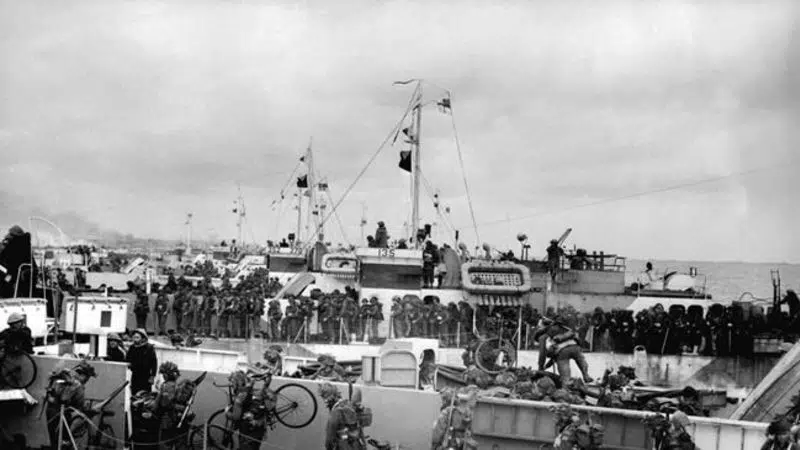
Some facts and figures about the D-Day landings in Normandy on June 6, 1944
OTTAWA — Some facts and figures about the D-Day landings in Normandy on June 6, 1944:
TARGET: Allies land on French channel coast along five Normandy beaches stretching about 80 kilometres west from River Orne.
BEACHES: From west to east, Utah (U.S.); Omaha (U.S.); Gold (Britain); Juno (Canada); Sword (Britain).


